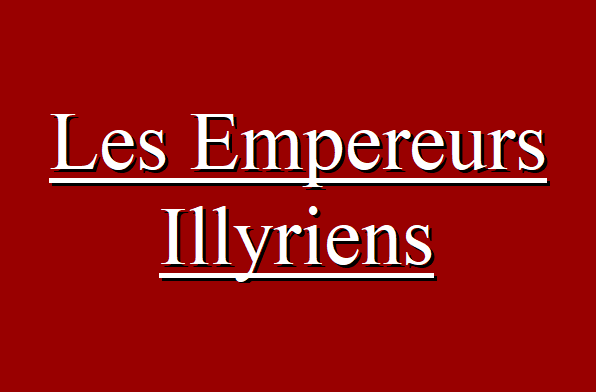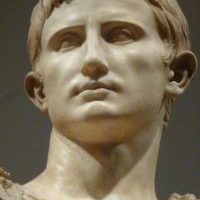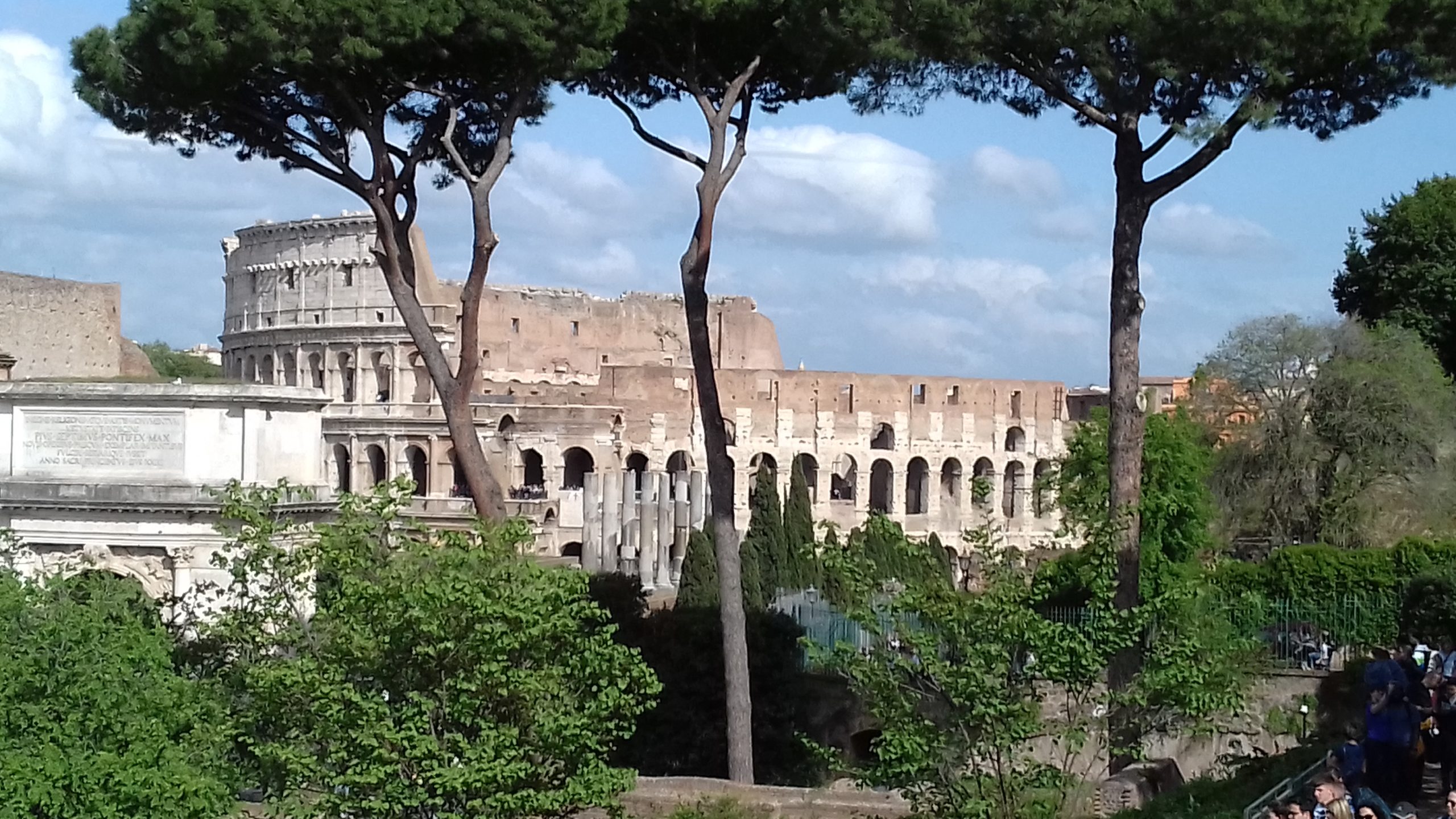Hi to all of you ! How are you ? Today, too, we are not going to talk about a Roman dynasty like the previous weeks, but about a period of the Roman Empire. These are the “Illyrian emperors”. We will therefore see the continuation of Roman history with that period. We will see in this article, of whom the Illyrian emperors were composed, at what time did they exist…. Now let’s get to the heart of the matter and, above all, enjoy your reading.
Context of the Illyrian Emperors
It was after one of the decadent periods of the Roman Empire: Military Anarchy that the chain of Illyrian Emperors began. This suite lasted from 268 AD to 285 AD and was characterized by the fact that the vast majority of emperors were of Illyrian origin. In fact, of the nine who had known this period, seven came from Illyria. In addition, this period saw a great change in the role of the emperor. Indeed, usually the emperor was the highest politician and was content to rule the Empire from the rear. However, here that changes and the emperor becomes the highest ranking soldier, fighting side by side with his soldiers.
Who made part of the Illyrian emperors?
The nine emperors are Claudius II the Gothic (September 268 AD – August 6, 270 AD), Quintille (August 270 AD – October 270 AD), Aurélien (July 270 AD – September 275 AD), Tacitus (he not about the historian) or Marcus Claudius Tacitus (September 25, 275 AD – April 12, 276 AD), Florien (June 276 AD – August 276 AD), Probus (August 276 AD – October 282 AD), Carus (October 282 AD – July 283 AD), Numérien (March 283 AD – November 284 AD) and Carin (March 283 AD – March 285 AD).
As said before, there were seven Illyrian emperors. The other two were Tacitus and Florian, both from what is now the region of Umbria in Italy.
The story of the Illyrian emperors
This period began with the reign of Claudius II the Gothic. He therefore reigned for two years, which is relatively short. During his reign, he is seen as a soldier emperor, preferring war to peace. As a result, in AD 269, he beats Alamans at Lake Garda. Subsequently, he defeated the Goths in the Balkans and thus acquired his nickname “the Gothic”. Also, following tensions with the Roman Empire of Gaul, he rallied Lyonnais Gaul and Spain to him. It was then, in AD 270, that Claudius II died of the plague in Sirmium. His rise to power, which was likely to become very important, therefore came to an abrupt end.
Quintille was therefore the successor of Claude II. However, the latter only reigned for two months which is extremely short. During his reign, he did not have time to perform actions. Indeed, two months after his rise to power, Aurélien was appointed emperor by the army in Sirmium and learning this, Quintille committed suicide. Despite a short tenure on the throne, Quintille was known to be fair, benevolent and able to lead.
Aurélien then named, became emperor. He devoted almost all of his reign to war. Indeed, he began by pushing back invaders in Pavia and in the process, he abandoned Dacia then too difficult to keep. He subsequently led campaigns in Egypt and Syria which proved to be successful. Finally, he turned to the Gallic Empire and will once again be victorious. After that, when he returned to Rome, he was murdered. Aurélien, therefore succeeded in a short time to restore the Roman Empire by rallying the Gallic Empire and the Eastern Empire there.
The next emperor is Tacitus. The latter is elected by the Senate and began his reign by replenishing the coffers of the Empire and re-granting rights to senators. Subsequently, he went on a campaign in Asia Minor and was murdered in Tyana.
Florien then succeeded Tacitus but that for a short time (about 3 months). At that time, the latter was campaigning against the Goths. At the same time, Probus rebelled and a war between Florien and Probus began. So, for about two months, the two sides gradually attacked each other in Asia Minor. Thereafter, Florien’s troops, being tired, rebelled against this denarius and killed it.
Thus, Probus becomes emperor. He began his reign by defeating the Germans who were trying to plunder Gaul. As a result, he inflicted very heavy losses on them. Subsequently, he led victorious campaigns in Asia Minor. Finally, having faced and countered various usurpations, he returned victorious to Rome. He died in Sirmium during a violent “fight” between himself and soldiers.
The next emperor is Carus. During his reign, he named his two sons (Numérien and Carin) “Caesar”. The latter help him in controlling the Empire. Subsequently, he led a campaign in which he was victorious against the Sassanids. Following this, he died in Ctesiphon, probably struck by lightning.
Thus, Numérien and Carin became “Augustus”, take over. At first, Numerian having an eye infection making him unable to show himself to the public, he made little decision and was murdered in his tent by his stepfather: Arrius Aper. This denarius will be assassinated by Diocletian. Thus, Diocletian is heading dangerously towards power. So, Carin having beaten Julianus, a usurper, he goes to Diocletian. Thus, a battle breaks out between the two camps. In this one, Carin’s advantage begins to win when one of these officers murders him for revenge. Thus, Diocletian wins the battle and becomes emperor.
Summary
This period was a period of war where the emperor transformed from high-ranking politician to high-ranking military. And although many emperors ruled only a short time, that was still enough to make great Empire-wide changes. This ease of fighting is perhaps due to the origins of the emperors, as Illyria was known to create formidable fighters. Be that as it may, this period of barely two decades marked the Roman Empire even if it was very short.
This article is now complete. Hope you enjoyed it, if so please let me know in the comments space and also tell me what topic you would like me to talk about in a future post. In fact, for the next article, we will continue to talk about Roman history with “The Tetrarchy and the Constantine Dynasty” See you next week!
Receive my free book Around the Roman Coin by clicking here




